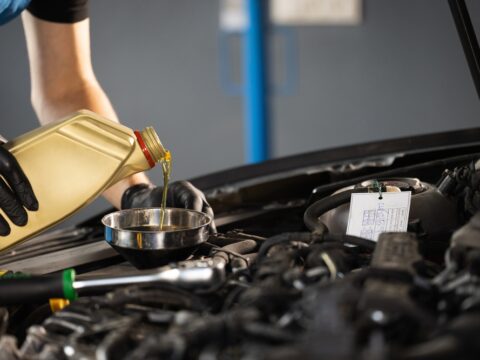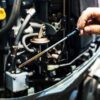Welcome to the lesser-known world of the International Space Station (ISS), a marvel of modern engineering that orbits Earth. While many are familiar with its existence and purpose, numerous fascinating details remain largely hidden. This article uncovers some surprising and incredible aspects of life and work in space, showcasing the more obscure sides of this extraordinary global scientific endeavor. Join us as we delve into these little-explored secrets.
Contents
ISS is Hacker-Proof

The ISS employs highly secure communication systems to protect against cyber threats. Despite being a high-profile target, its critical systems are isolated from easily accessible networks, minimizing vulnerabilities. The fact that there has been no public record of successful hacks may surprise many, given the increasing number of cyber-attacks globally.
The ISS has a Mold Problem

Mold growth is a significant issue aboard the ISS due to the high-humidity environment and the constant presence of humans. This can pose health risks and degrade equipment, which is concerning given the closed and recycled air system of the station. It’s a constant battle to manage this, which isn’t widely publicized.
Recycled Water Comes from Urine and Sweat

The ISS has an advanced life support system that recycles about 90% of all wastewater, including urine and sweat. This system is essential for long-duration space missions, as it reduces the need for resupply missions from Earth. The thought of drinking recycled urine and sweat might be unsettling for some, but it’s a marvel of engineering efficiency.
ISS is Surprisingly Big

The ISS is quite large, with a mass of about 420,000 kilograms and a size comparable to a football field, including end zones. It comprises living quarters, laboratories, and solar panels spread over a vast structure. The size is deceiving, as many might only see the compact living quarters in photos or videos.
ISS is Scheduled for Retirement by 2030
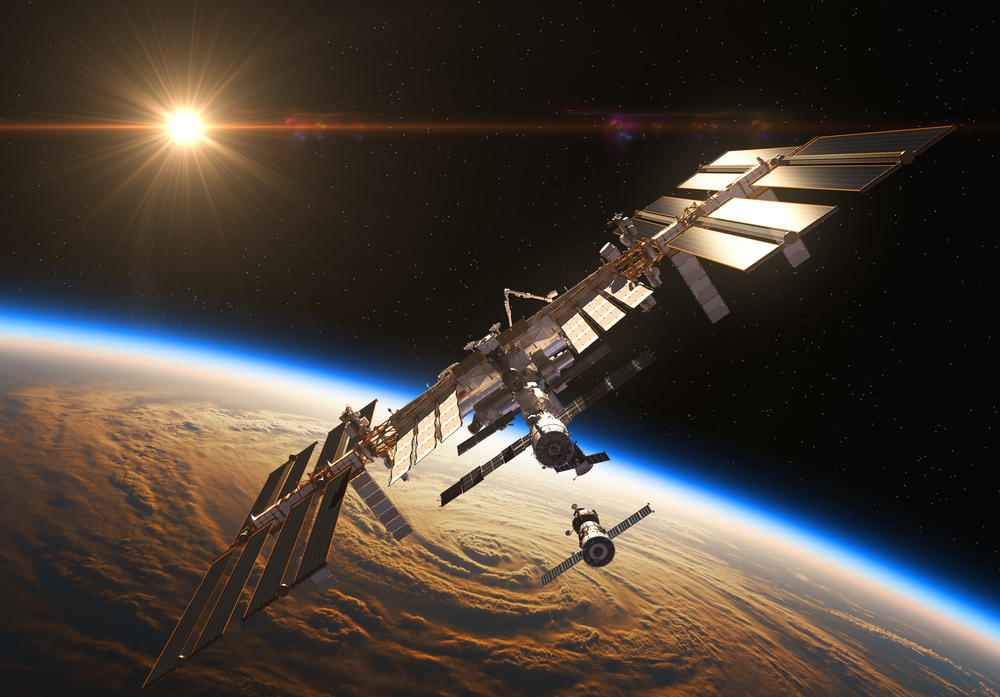
Currently, plans are in place to retire the ISS around 2030. What happens next involves transitioning to commercially operated habitats or platforms in low Earth orbit. The retirement might come as a surprise given the ISS’s iconic status and central role in human spaceflight over the past few decades.
Can Host up to 10 Crew Members

Although typically hosting between three to six crew members, the ISS can accommodate up to ten people during crew changeovers or special missions. This flexibility is crucial for maintaining a continuous human presence in space and for accommodating visiting spacecraft crews.
International Collaboration at its Best

The ISS represents one of the most significant achievements in international cooperation, involving 15 nations. The collaboration extends beyond mere funding and resources to encompass shared goals in science, technology, and space exploration. The complex legal and logistical coordination involved is rarely highlighted but is vital for its success.
Microgravity Affects Taste Buds
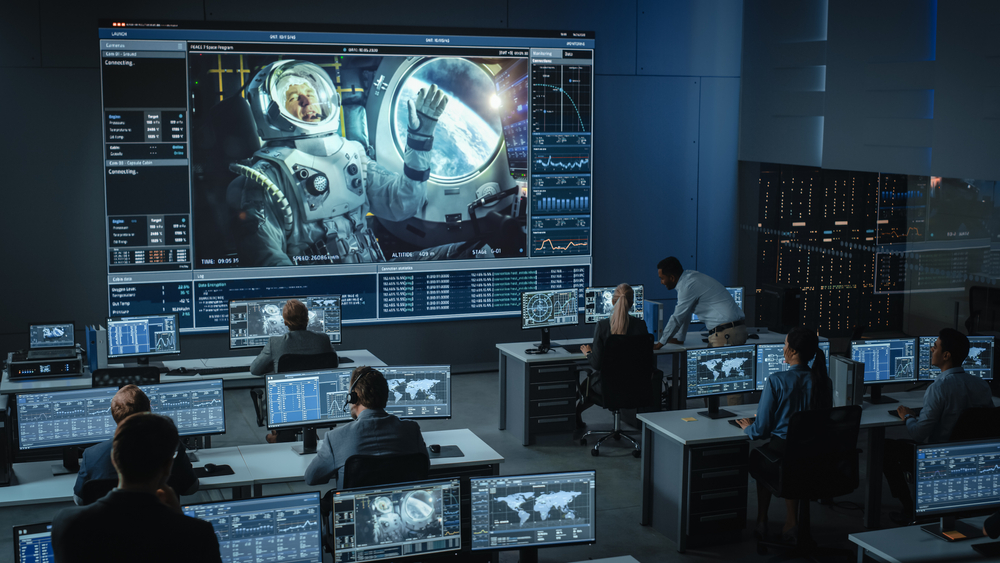
Astronauts often report that their sense of taste is dulled in microgravity, leading to a preference for stronger flavors. This is why you’ll find a variety of hot sauces and spicy condiments aboard the ISS. The reason behind this sensory change is still not fully understood.
Sunrises and Sunsets Every 90 Minutes
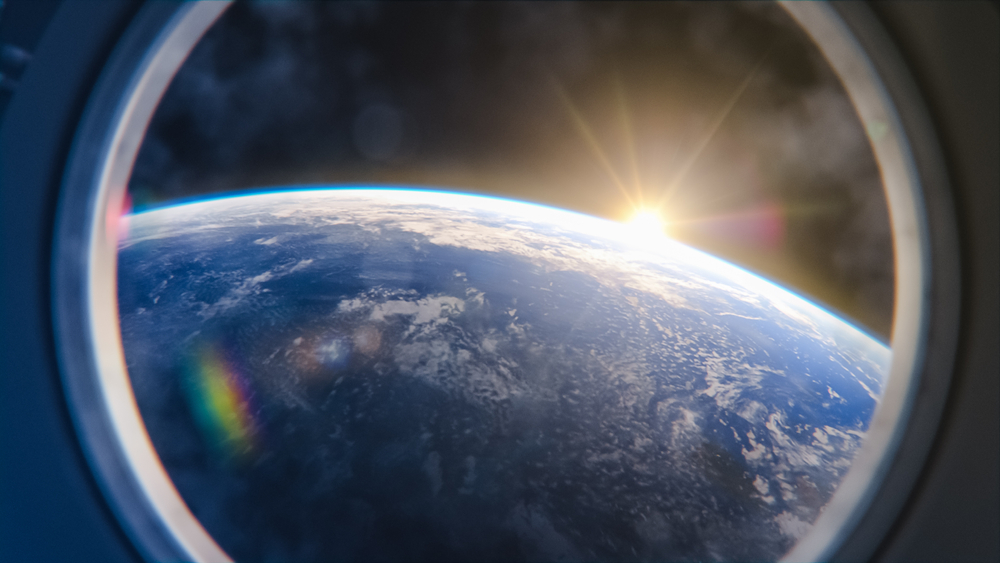
Orbiting the Earth approximately every 90 minutes, ISS crew members experience 16 sunrises and sunsets each day. This rapid transition can disrupt natural sleep cycles, necessitating special lighting and routine adjustments to mimic a normal day-night cycle on Earth.
Special Tools for Everyday Tasks
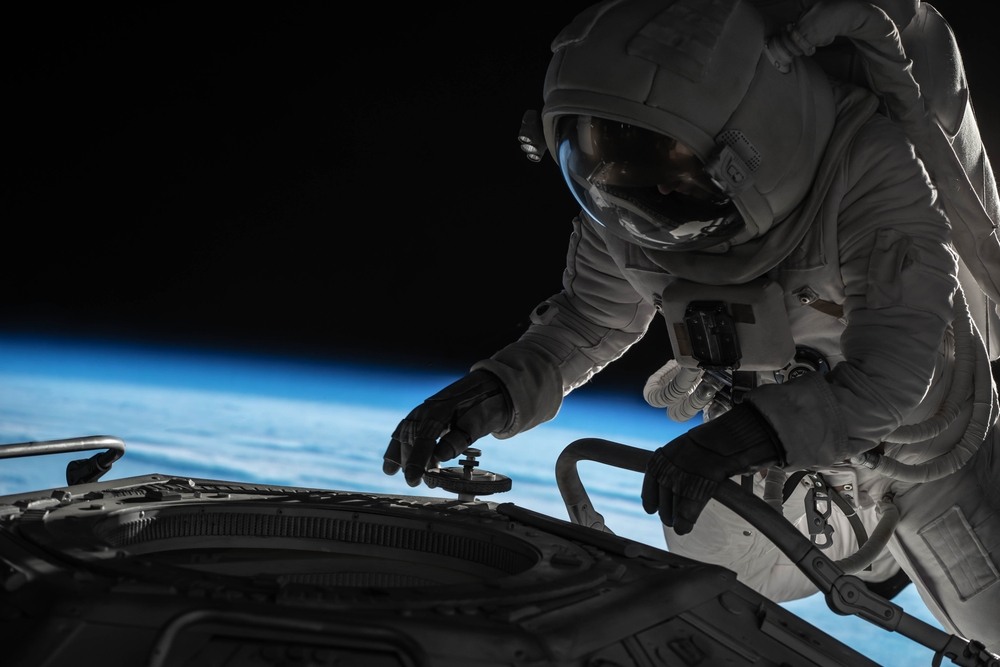
Due to microgravity, everyday tasks like eating, sleeping, and personal hygiene require specially designed tools and procedures. For example, astronauts use magnetic boots and restraints to help stabilize themselves and their equipment.
Spacewalks Require Weeks of Preparation
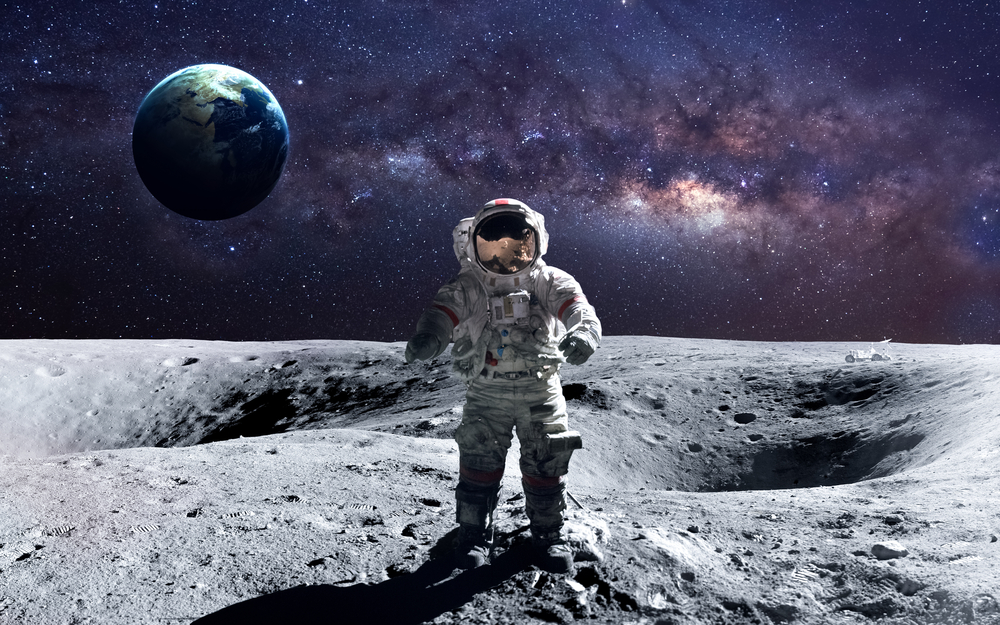
Preparing for a spacewalk involves extensive planning and practice, including virtual reality simulations and underwater training on Earth. Each spacewalk can last several hours, requiring meticulous attention to detail to ensure safety and mission success.
Growing Food in Space
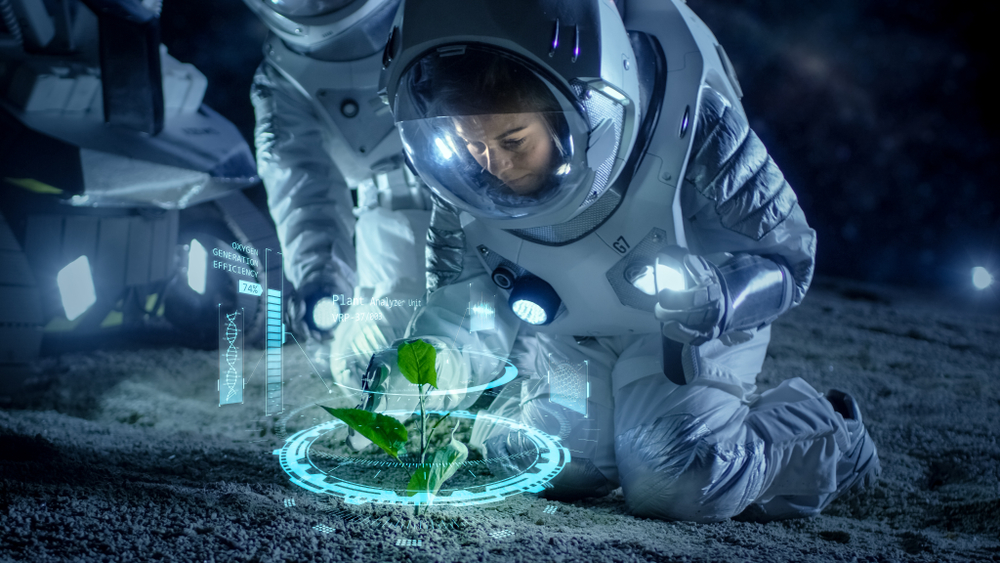
Astronauts have been experimenting with growing food in space, such as lettuce and radishes. This research is critical for future long-duration missions, potentially to Mars, where resupply from Earth will be impractical.
Noise Levels Can Be Surprisingly High

The ISS is a noisy environment with constant humming and buzzing from machinery and life support systems. Astronauts often use earplugs to sleep, highlighting an aspect of space life that is not widely known but impacts daily living conditions.
This article originally appeared on MyCarMakesNoise.
More from MyCarMakesNoise
10 Benefits of Driving Hybrids Over Conventional Cars

As the tides turn against conventional gasoline engines, the allure of hybrids goes beyond just being eco-friendly. Read More.
10 Must-Have Motorcycle Accessories for Comfort and Protection

This article delves into those often overlooked essentials that not only elevate the riding experience but also ensure safety and convenience at every twist and turn. Read More.
The 14 Most Fuel-Saving Motorcycles
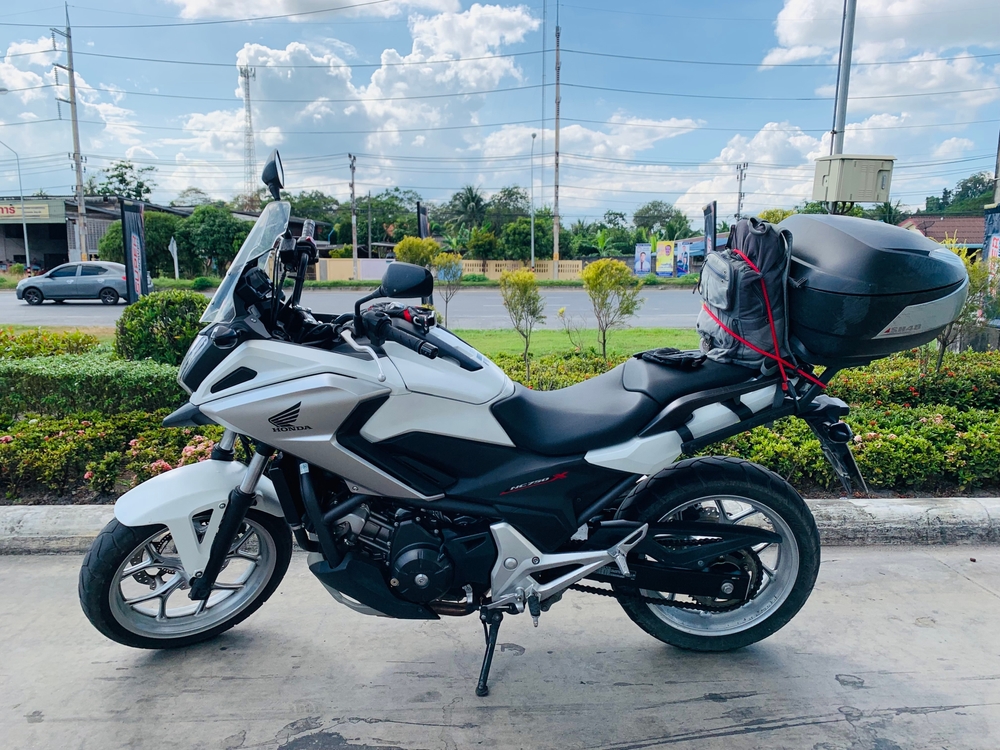
As urban landscapes continue to expand and roads become increasingly congested, the need for practical and sustainable transportation solutions is more pressing than ever. Enter the realm of fuel-efficient motorcycles, a blend of innovation, performance, and economy that answers the daily commute dilemma. Read More.


